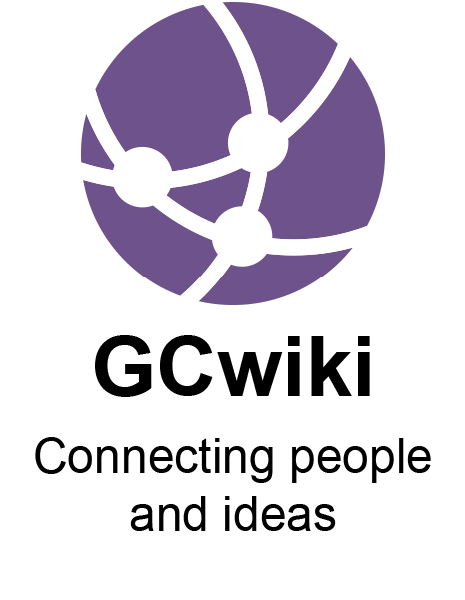ISED Data Strategy
(Français: Stratégie des données d’ISDE)
ISED Data Strategy
The ISED Data Strategy is the departmental vision for the strategic use and optimization of enterprise data. It recognizes that the rapidly evolving data landscape and data-driven economy necessitate:
- A world-leading, data-forward approach to ensuring the ongoing and future competitiveness of Canadian businesses in both traditional and emerging sectors.
- The corresponding requirement for ISED to be more nimble and responsive to the business needs of Canadians.
ISED Departmental Data Strategy Kiosk Placemat (2023 GCDC vExpo)
ISED Chief Data Office
The Chief Data Office (CDO) has the responsibility of enterprise-wide data governance, enabling the use of data as a strategic asset and charting a path towards the adoption of a data culture at ISED through the implementation of the ISED Data Strategy.
The 6 pillars of the ISED Data Strategy
The ISED Data Strategy Framework leverages the Data Strategy Roadmap for the Federal Public Service, while responding to ISED's unique needs, mandate and priorities. It lays the foundation for achieving the Strategy's goals of better serving Canadian businesses, adopting a data culture within ISED, empowering ISED employees with the necessary skills and tools, and safeguarding and protecting the security and privacy of information.
Data Governance
Strong data governance is foundational to developing an ISED data culture that treats data as a strategic asset. Data governance means having data-related leadership, with clearly defined roles, responsibilities and accountabilities with decision-making authority within a structure to govern data. Data standards for quality and metadata, as well as data management processes throughout the data lifecycle are also critical components of data governance.
Data access is the building block for leveraging existing information to improve decision-making and service delivery, as well as for accelerating partnerships within the department and between all levels of government. ISED data holdings must be discoverable, usable and shareable. This includes the need to develop a common consent statement for sharing to facilitate greater future access and interoperability across different data holdings.
Data Framework
Understanding how data flows within ISED, including upholding the ethical treatment of sensitive and private information is essential to how data is managed and leverage. Data models, aligned to departmental priorities, will ensure standardization of key concepts and will result in high quality data for use at the enterprise level.
Talent
To enable a data culture, ISED must have the talent and capacity it needs to manage, interpret, use and understand data. To start, knowing the current state of data literacy and skills gaps will help identify strategic training, recruitment and retention requirements to transform a workforce that has the data skills needed to reach ISED data goals.
Innovation
Fostering innovation will help propel ISED to continue being a leader in helping Canadians and businesses be competitive in their current and future work. Time and resources dedicated and available for experimentation, with particular focus on those projects that are replicable and scalable, will ensure that data are leveraged to their greatest potential.
Technology
The proper tools to collect, manage, store and analyze data must be in place to support the optimization of data. Creating this enabling environment means determining the technological requirements and establishing a Technology Roadmap to support the implementation of the ISED Data Strategy. In doing so, ISED's internal technology will keep pace with innovation and the department will have the structure in place to evaluate and adopt newly generated technologies.

